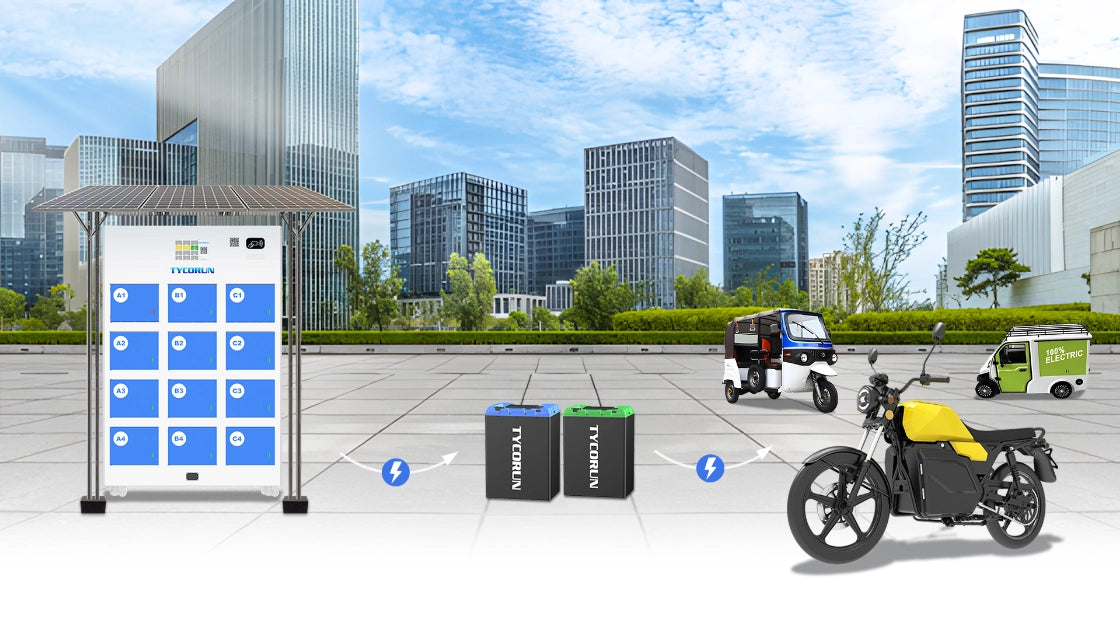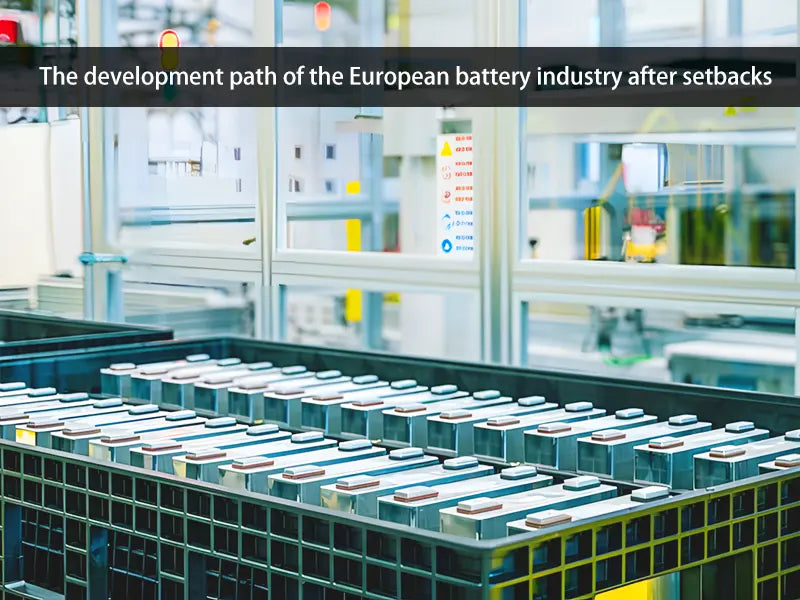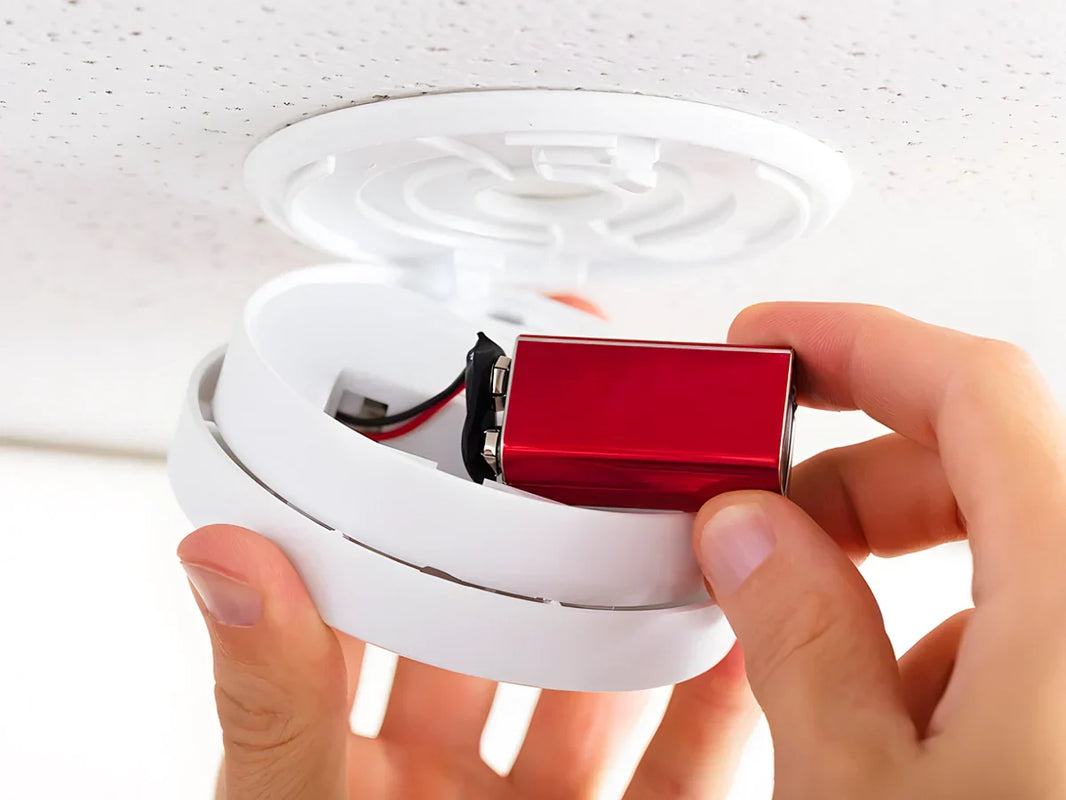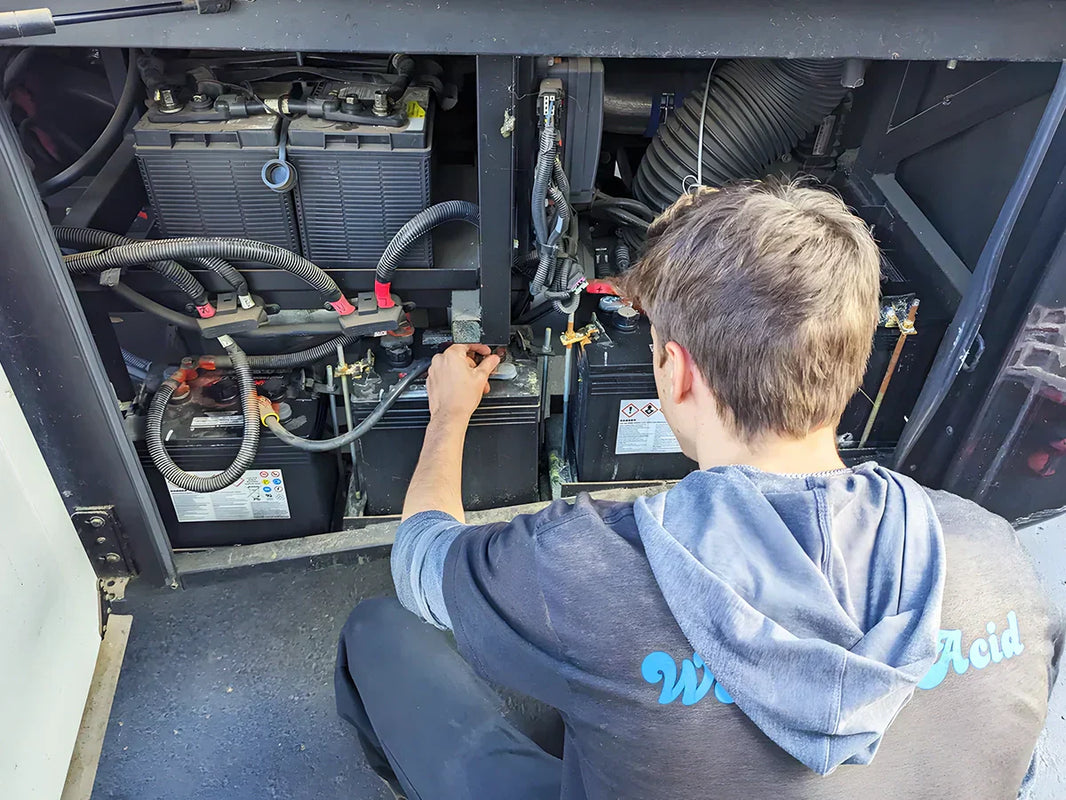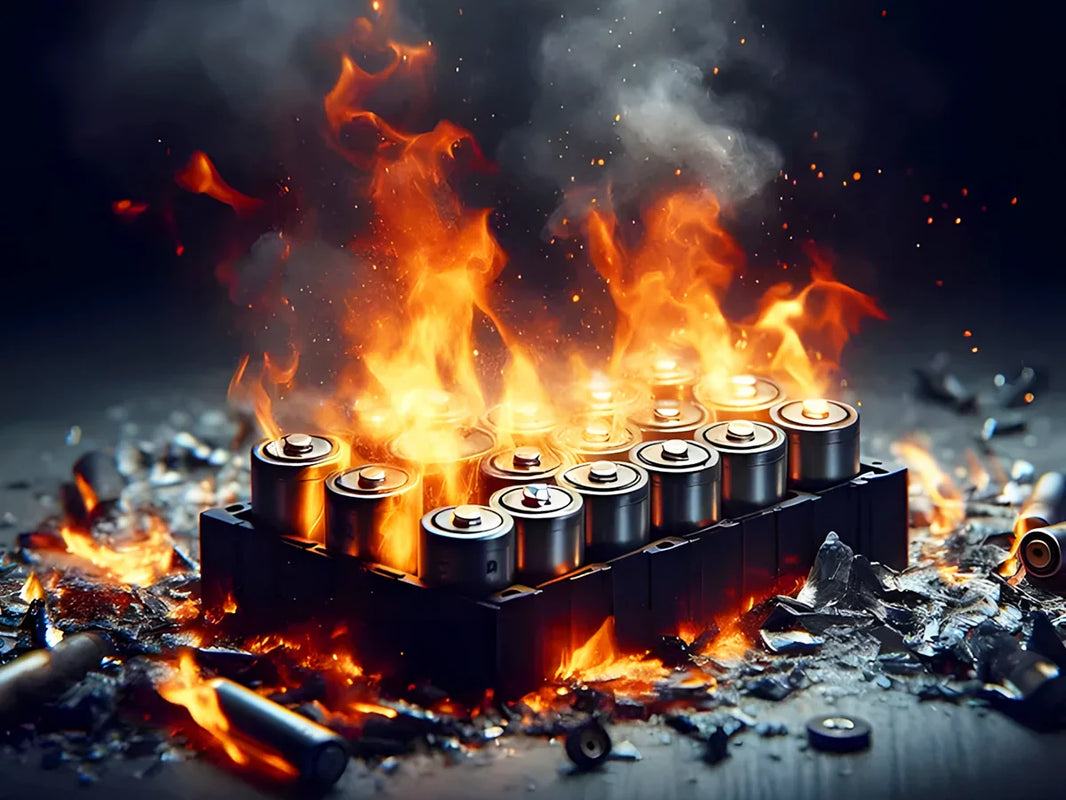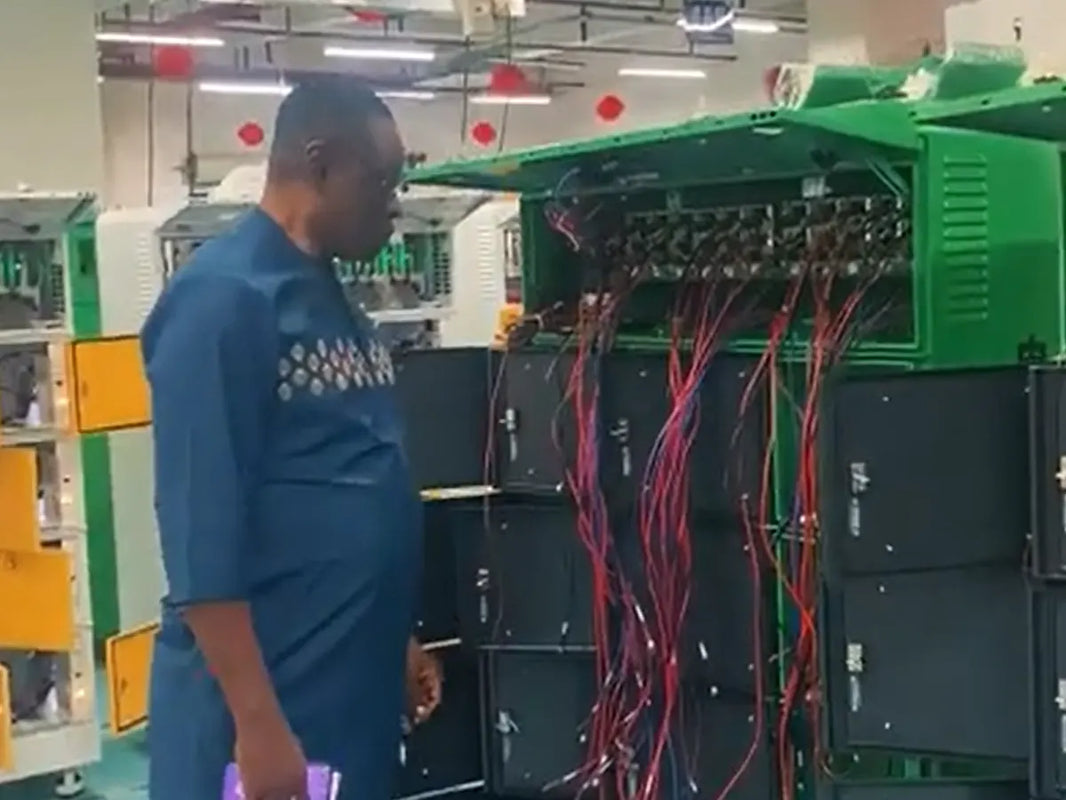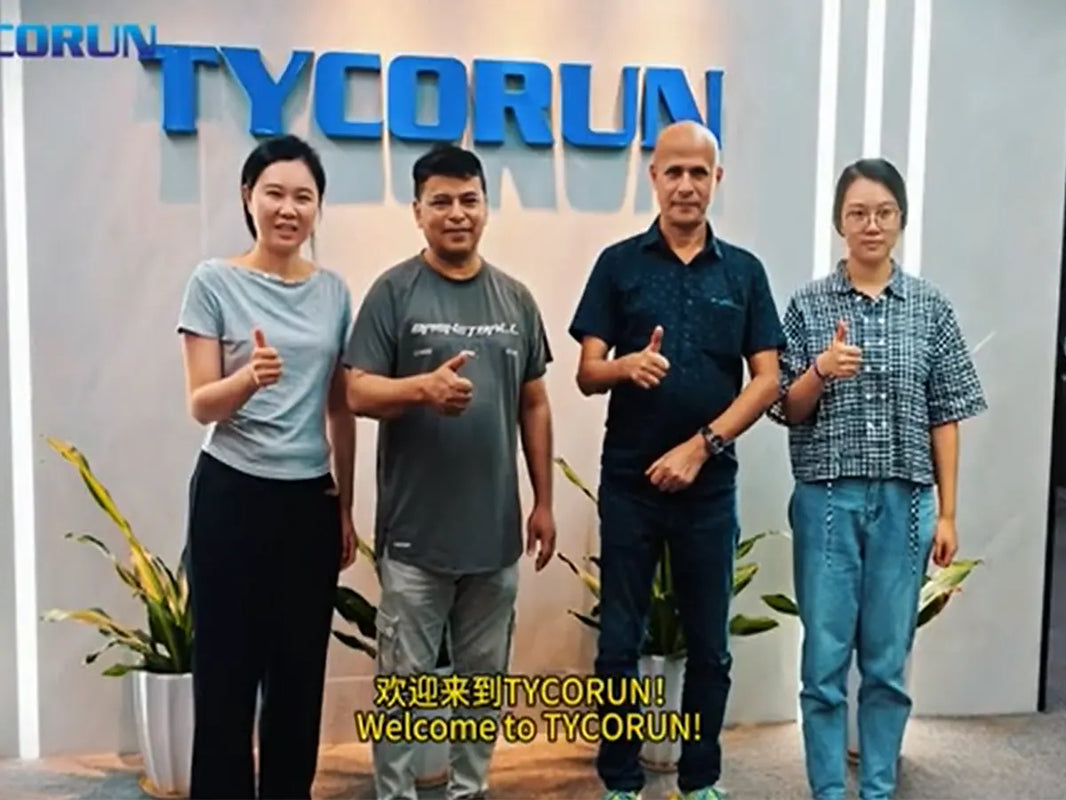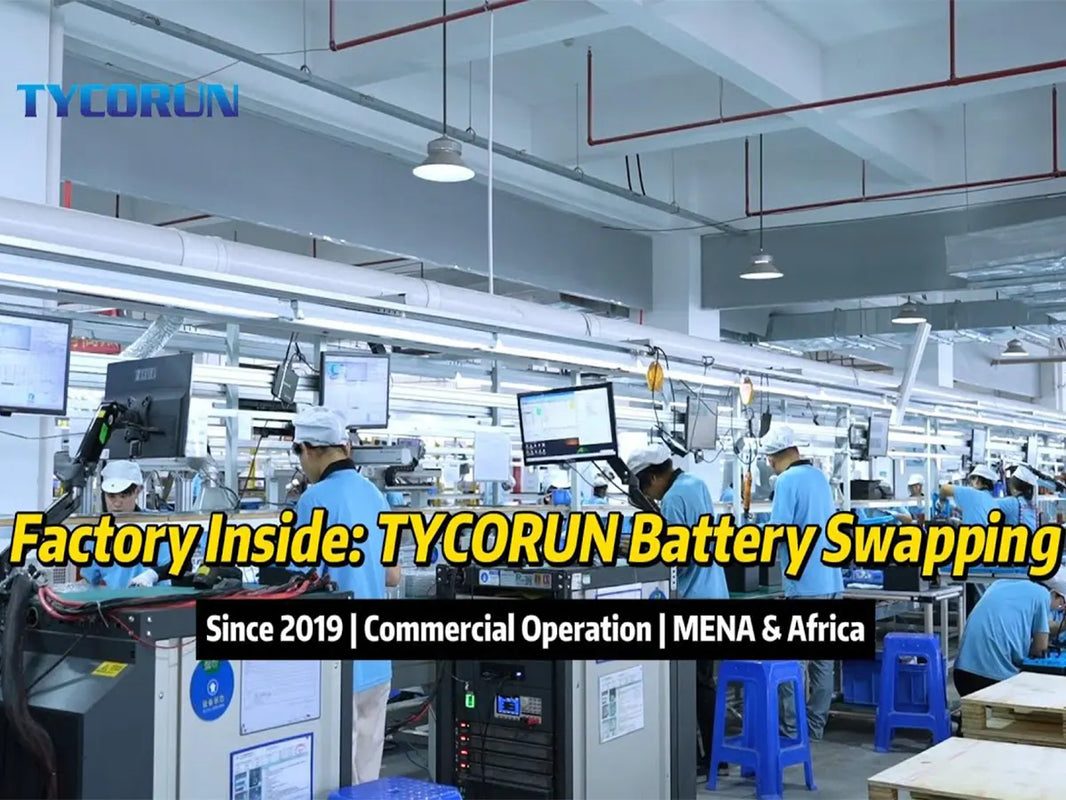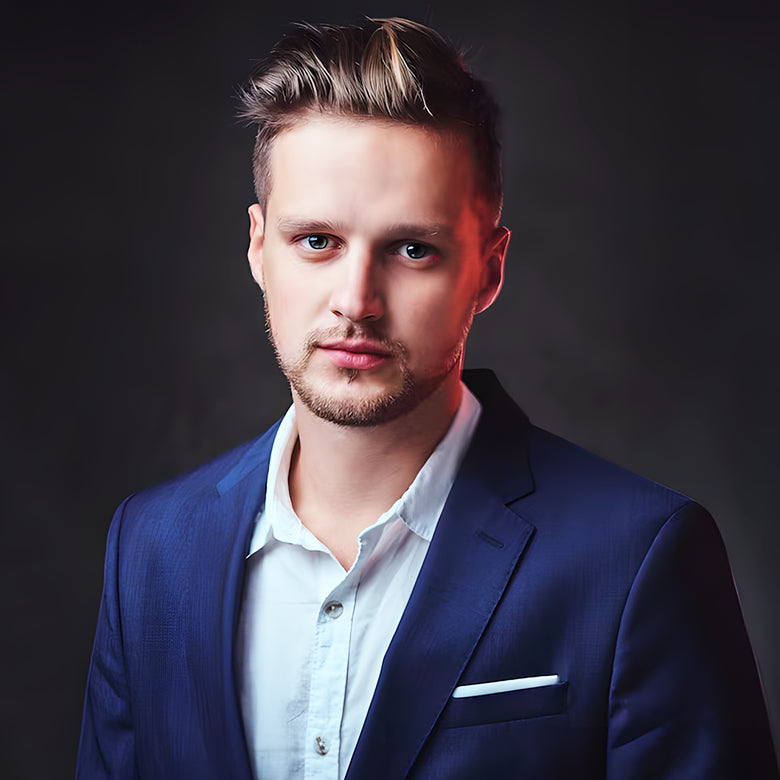
Main content:
European local enterprises have suffered setbacks due to factors such as business operations and market shocks. Recently, following the bankruptcy of Northvolt in Sweden, the European battery industry has received a series of bad news, with CustomCells and NOVO Energy successively announcing bankruptcy and layoffs.
This article discusses the current situation of the European battery market and the development path with the help of Chinese leading battery companies.
Challenges for local European enterprises
The main reasons for CustomCells' bankruptcy are the bankruptcy and payment default of its largest customer, aerospace company Lilium. The reason for NOVO Energy's layoffs is the aftermath of its partner Northvolt's bankruptcy. It should be noted that although NOVO's factory construction is nearing completion, no battery equipment has entered the factory, and it is still unknown when it will be put into operation.
At present, the largest local power battery companies in Europe, after Northvolt's bankruptcy, only ACC and PowerCo remain. ACC is a European power battery company jointly founded by Stellantis Group, TotalEnergies, and Mercedes-Benz in 2020, while PowerCo is a fully funded battery subsidiary of Volkswagen Group established in 2022. Despite the support of numerous automotive giants such as Stellantis Group, Mercedes-Benz, and Volkswagen Group, the production capacity construction of ACC and PowerCo has also suffered some setbacks. ACC announced in April last year that its factory construction in Germany and Italy had been suspended. In addition to considering the slowdown in demand for electric vehicles in Europe, ACC is also considering changing battery technology route from NMC to LFP.

EU battery policy shift
Use the lowest import price mechanism to boost LFP demand. On October 29, 2024, the European Union imposed a five-year countervailing duty on electric vehicles imported from China, with BYD, Geely, and SAIC facing tax rates of 17.0%, 18.8%, and 35.3% respectively, Tesla at 7.8%, and other non cooperative enterprises at as high as 35.3%.
This policy has pushed up costs and prompted European car companies to seek localized supply chains to reduce dependence. However, on April 10, 2025, the European Commission announced an important consensus with the Chinese Ministry of Commerce to initiate negotiations on a minimum import price mechanism to replace the current tariffs.
EU Trade Commissioner Shevchenko stated that this mechanism maintains market fairness and balances legal trade, providing a more flexible pathway for Chinese LFP batteries and electric vehicles to access the European market.
By 2024, Chinese LFP batteries will account for 80% of the global market, and European car companies such as Volkswagen and Trantis are highly dependent on Chinese suppliers such as CATL. The lowest price mechanism is expected to reduce the overall cost of vehicles and promote the penetration of LFP batteries in the fields of electric vehicles and energy storage. The demand for LFP in Europe is expected to increase by 15% by 2025. In this context, the expansion of LFP production capacity in Europe is accelerating, and local and Chinese companies are working together to layout and respond to market opportunities.

Expansion of battery production capacity in Europe
In addition to local companies, Korean and Chinese battery companies have also established a deeper presence in Europe. For example, LGES announced plans to increase its production capacity to 115GWh in 2022 at its factory in Poland, with a capacity of 68GWh. However, according to recent financial reports and news updates, due to high tariffs on Chinese batteries caused by the US trade war, LGES's focus has shifted more towards energy storage battery business and the US market.
In the foreseeable future, European battery production capacity may rely more on Chinese lithium battery companies. According to the production capacity map compiled by Battery News, companies including CATL, CALB, EVE Energy, Gotion, Sinwoda, and Envision AESC are planning or some may have already started building factories in Europe. The battery production capacity built by Chinese companies is expected to account for about 30% of Europe’s total battery production capacity by 2024.
Therefore, in December 2024, CATL and Stellantis Group jointly announced that they would each hold 50% of the shares to establish a joint venture to build a large lithium iron phosphate battery factory in Zaragoza, Spain, with an investment of up to 4.1 billion euros. The factory plans to start production by the end of 2026, with a planned annual production capacity of 50 gigawatt hours.
In the same month, Slovak battery manufacturer InoBat received 100 million euros in financing, with investors including China's Gotion, planning to expand battery production in Europe to address industry challenges. In the event that the penetration rate of electric vehicles in Europe has not reached the expected target of 25% by 2025, resulting in weak demand, coupled with the subsidy policy for domestic batteries under the US Inflation Reduction Act, the competitiveness of European battery companies will be further weakened. In the future, Europe may seek deeper ties with Chinese battery companies to ensure supply.

Diversified cooperation and challenges coexist in Europe
The expansion of LFP battery production capacity shows a diversified trend.
In 2024, Strantis and CATL invested 4.1 billion euros to build an LFP battery factory in Zaragoza, Spain, with plans to start production in 2026 and an annual capacity of 50 GWh. The LFP factory of Morrow Batteries in Norway, originally scheduled to start production in 2024, has been postponed to the third quarter of 2025 due to cost pressures, with an annual production capacity of 3 GWh.
The joint venture project between ICL and China Shenzhen Dynanonic has an investment of 285 million euros and plans to produce LFP cathode materials in Germany by 2026, with an annual production capacity of 50000 tons. In 2024, the total lithium ion batteries production capacity in Europe is about 30 GWh, and it is expected to reach 200 GWh by 2027, accounting for 20% of the global total.
Chinese companies such as CATL and Wanhua Chemical are filling the gap in European technology through technology exports and joint ventures. During the visit of Spanish Prime Minister Sanchez to China in 2024, he exchanged ideas with companies such as CATL and Farview Technology, actively promoting European investment from China's new energy forces.
Local European companies such as FIB and IBU tec enhance their competitiveness through technological innovation and equipment upgrades.
However, challenges cannot be ignored. In 2024, Northvolt, a Nordic battery company, went bankrupt, exposing funding and technological bottlenecks in the European battery industry. The dependence on battery materials (lithium, phosphoric acid) and high environmental costs (compliance costs increase by 15%) constrain capacity expansion. Although the minimum price mechanism alleviates tariff pressure, the implementation details are not yet clear, which may lead to market uncertainty.

Conclusion
Looking ahead to the second half of 2025, the European lithium ion battery industry will accelerate its development with policy support and corporate cooperation. The EU is planning to release the 'Key Mineral Strategy' by 2025 to promote the implementation of localized supply chain measures for lithium and phosphoric acid.
Related articles: Top LiFePO4 power battery companies in the world, Top 10 energy storage lithium battery companies in the world, Top 10 power battery cell manufacturers

